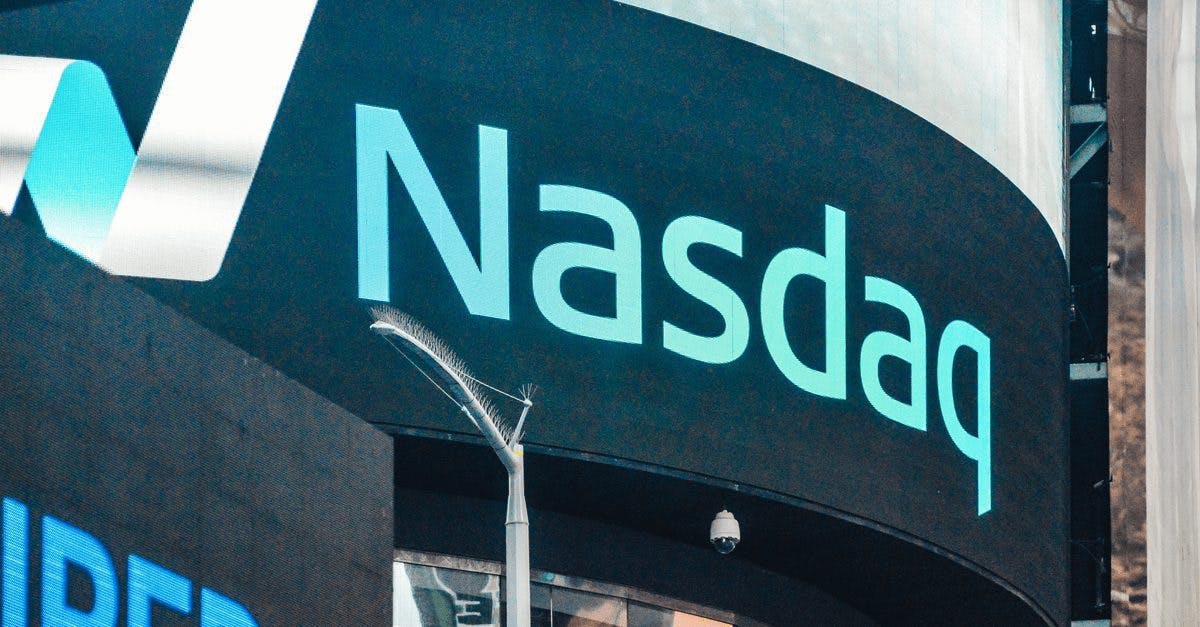Bitcoin-based Stronghold Digital Mining Expects Valuation Around $1B Ahead of IPO
Stronghold plans to raise $100 million through offering 5,882,352 shares of its Class A common stock at a range between $16 and $18 price per share, the SEC filing showed.

Source: Shutterstock
- “Stronghold LLC will use such proceeds for general corporate purposes, including acquisitions of miners and power generating assets and to pay the expenses of this offering,” the filing said
- The stock will be on the Nasdaq Global Market under the ticker $SDIG and is expected to list next week
Stronghold Digital Mining, a bitcoin-focused mining company powered by coal waste material, released a preliminary prospectus for its initial public offering with a valuation of around $1 billion, according to a filing with the US Securities and Exchange Commission on Wednesday.
Stronghold plans to raise $100 million through offering 5,882,352 shares of its Class A common stock at a range between $16 and $18 price per share, the S-1/A form showed. The stock will be on the Nasdaq Global Market under the ticker $SDIG and is expected to list next week.
B. Riley Securities and Cowen are the joint book-running managers for the deal, it stated. Separately, Tudor, Pickering, Holt & Co. is serving as lead manager and D.A. Davidson & Co., Compass Point, and Northland Capital Markets are acting as co-managers for the proposed offering.
Stronghold declined to comment directly about the S1-form or IPO, a spokesperson told Blockworks via email.
“Stronghold LLC will use such proceeds for general corporate purposes, including acquisitions of miners and power generating assets and to pay the expenses of this offering,” the filing said.
Stronghold’s filing was vetted by the US SEC in a “traditional manner” as opposed to filing a direct listing like Coinbase did, which marks a milestone in the crypto world, a source close to the matter said. This IPO is occurring at a time when US regulators are cracking down on crypto companies, demanding tighter or more clear regulation on companies offering digital assets to investors.
Stronghold’s history
The company was founded in 2021 and has raised about $179 million in capital to date. If it raises $100 million through the IPO, that will increase its total capital raised to $279 million.
Stronghold uses waste coal material to power crypto mining equipment using specialized technology at the company’s power generation facility, the Scrubgrass Generating Plant, based in Venango County, Pa., and is planning to expand to a second plant after acquiring the Panther Creek Energy Facility back in August, Blockworks previously reported. According to the filing on Wednesday, the company is also looking to acquire an additional coal refuse power generation facility and is in a non-binding letter of intent to purchase it.
“We are committed to generating our energy and managing our assets sustainably, and we believe that we are one of the first vertically integrated crypto asset mining companies with a focus on environmentally-beneficial operations,” the company said in the filing. “Simply put, we employ 21st century crypto mining techniques to remediate the impacts of 19th and 20th century coal mining in some of the most environmentally neglected regions of the United States,” the company added.
The bitcoin-focused company currently operates about 3,000 crypto mining computers, or miners, with a hashrate capacity of approximately 185 petahash per second, it said. The company has entered agreements with three suppliers to buy 26,150 additional miners to raise its total hashrate capacity to over 2,500 petahash per second.
“Of these miners, 72% are scheduled to be delivered in 2021, with the next batch scheduled for delivery in October 2021, 21% are scheduled to be delivered in the first quarter of 2022, and the remaining 6% are scheduled to be delivered during the remainder of 2022,” the company stated.






